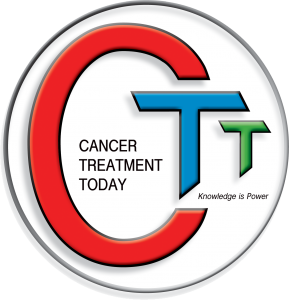Chronic Granulomatous Disease and stem cell transplantation – pro
Allogeneic HSCT is the only known cure for CGD. Historically, HSCT has been associated with high morbidity and mortality and thus reluctantly offered. However, the use of non-myeloablative conditioning regimens has greatly decreased the risk of regimen-related toxicity as well as allowing for transplantation in the setting of active infection; recent reports place transplant survival at 90%-95%. This treatment is at the level of case reports because the condition is rare. The issue of which individuals with CGD should undergo HSCT remains complex. While transplant-related mortality rates have fallen dramatically and successful cure has risen, issues of long-term risk, sterility, graft-versus-host disease, donor matching, expense, center experience, availability, and insurance coverage all strongly influence family and physician choices regarding transplantation. It is an appropriate request, albeit, the disease is rare and this option appears to be curative, but cannot be studied prospectively.
Weiding JW, Holland SM. Chronic Granulomatous Disease. 2012 Aug 9. In: Pagon RA, Adam MP, Ardinger HH, et al., editors. GeneReviews® [Internet]. Seattle (WA): University of Washington, Seattle; 1993-2015. Available from: http://www.ncbi.nlm.nih.gov/books/NBK99496/
Miki M, Ono A, Awaya A, et al. Successful bone marrow transplantation in chronic granulomatous disease. Pediatr Int. 2009 Dec. 51(6):838-41
Andrew Gennery et al, Recent advances in understanding and treating chronic granulomatous disease.
Published online 2017 Aug 11. doi: 10.12688/f1000research.11789.1
